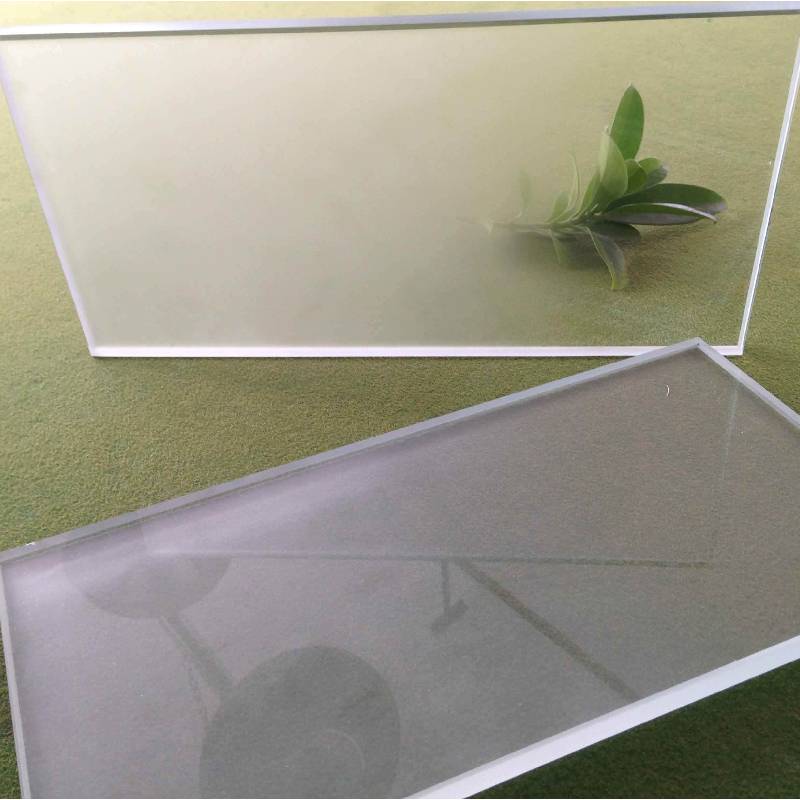

The Fascinating World of Glass Fishing Floats
Glass fishing floats, often regarded as nautical treasures, have a rich history that dates back to the late 19th century. Initially used by fishermen in Japan, these colorful orbs were designed to keep fishing nets afloat while they trolled the oceans for catches. Made from glass, these floats served not only a practical purpose but also became an art form, showcasing a range of colors and designs.
Crafted from recycled glass, the process of making fishing floats was labor-intensive. Artisans would blow glass into molds to create these spherical shapes, often adding unique features to distinguish one float from another. The floats were then sealed with a cork or sealed with glass, ensuring they would withstand the rigors of ocean waters.
As fishing practices evolved, so did the usage of these floats. In the mid-20th century, the introduction of synthetic materials made plastic floats more commonplace. However, the charm and allure of glass fishing floats have kept them in demand among collectors and enthusiasts worldwide.

Today, glass fishing floats are often found washed up on beaches, remnants of a bygone era
. Beachcombers treasure these finds for their historical significance and aesthetic appeal. Each float tells a story of the ocean’s currents, carrying these delicate objects from distant shores to seaside retreats.Collectors admire the varying colors of the floats, which can range from deep emerald greens, vivid blues to rich ambers. Some collectors specialize in acquiring specific designs or manufacturers, while others focus on particular color palettes. Rare floats, especially those dating back to the early 20th century, can fetch impressive prices at auctions, underscoring their value as both historical artifacts and decorative pieces.
Beyond their collectible nature, glass fishing floats have found a place in home decor. Their unique shapes and colors make them perfect for decorative arrangements, often used in nautical-themed decorations, gardens, and even as part of artistic installations.
In summary, glass fishing floats are more than just remnants of fishing heritage; they symbolize the intersection of utility, craftsmanship, and art. Their enduring appeal captures the imagination of those who appreciate the beauty of maritime history and the artistry of handmade objects. As long as there are shores, the legacy of glass fishing floats will continue to wash ashore, inviting admiration and wonder.